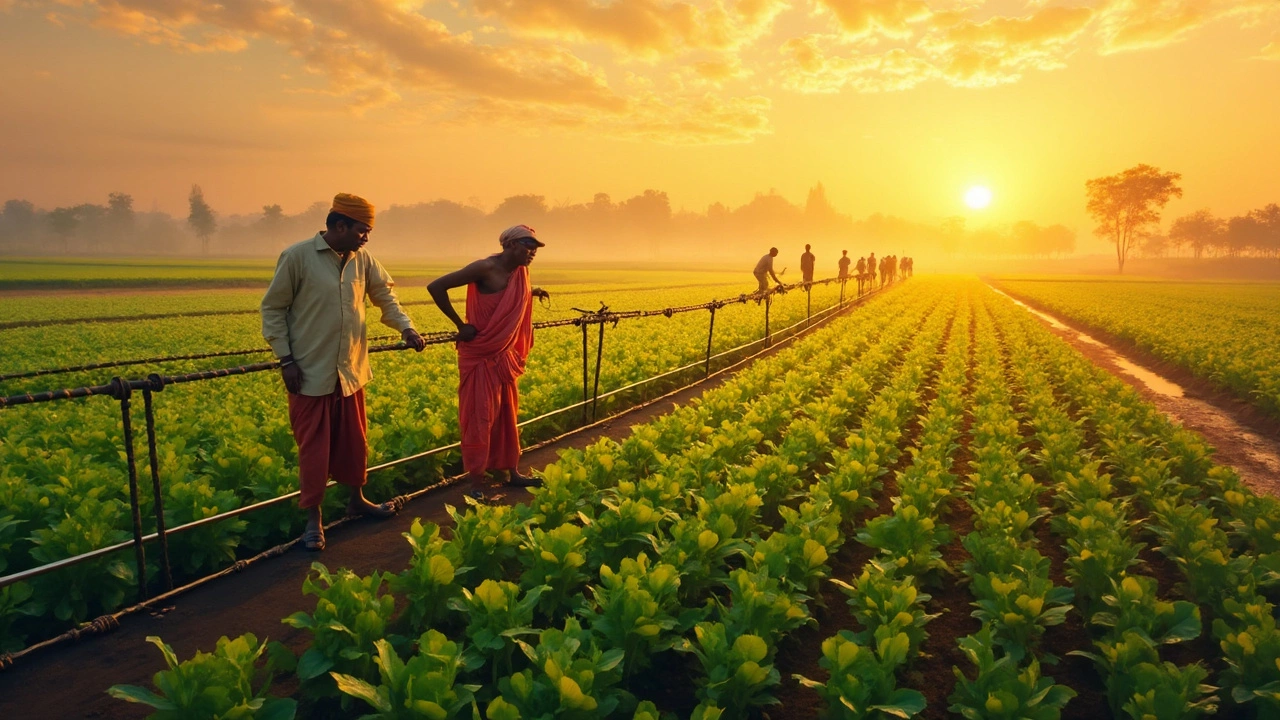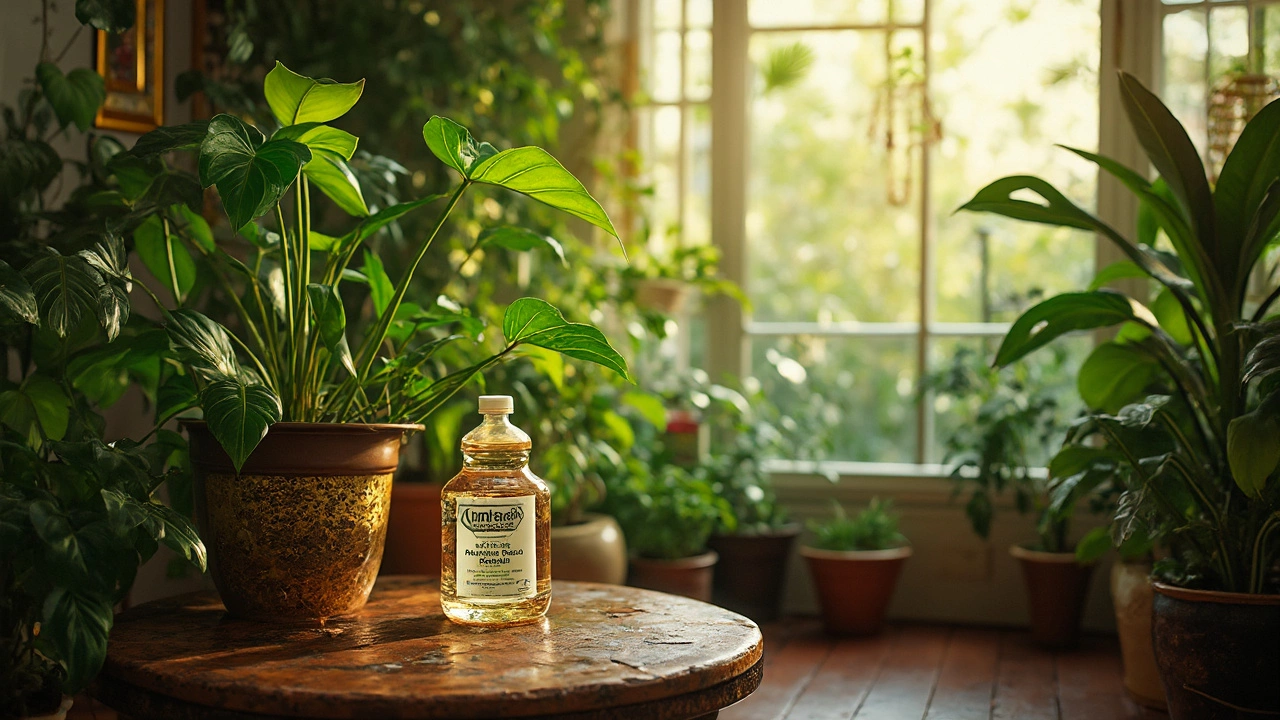Efficiency: How to Boost Performance in Manufacturing, Agriculture, and Everyday Life
When talking about efficiency, the practice of getting more output while using fewer resources, most people think of factories or high‑tech labs. But the idea spreads to farms, homes, and even your daily to‑do list. Also known as productivity boost, efficiency is the common thread that ties together everything from a plant’s water use to a factory’s energy bill. Energy Efficiency, reducing the amount of energy required to perform the same task directly lowers operating costs and carbon footprints. Likewise, Water Efficiency, optimizing water use so crops get enough moisture without waste can mean the difference between a bumper harvest and a dry season. In manufacturing, Manufacturing Efficiency, streamlining processes to cut waste and increase output drives profit margins and job stability. Finally, Resource Efficiency, using raw materials, labor, and time wisely underpins sustainable growth across sectors. In short, efficiency encompasses resource optimization, energy efficiency reduces costs, water efficiency improves yields, manufacturing efficiency boosts job creation, and resource efficiency supports sustainability.
In the Indian manufacturing landscape, efficiency isn’t just a buzzword—it’s a lifeline. High‑pay factory roles, like process operators and industrial electricians, thrive where plants squeeze out waste and keep production lines humming. Our recent look at the most in‑demand plastics for 2025 showed that companies choosing recyclable resins such as rPET and rHDPE are cutting material costs while meeting stricter environmental standards. When a factory adopts lean practices, every kilogram of input translates into higher revenue, which in turn lifts wages and creates local jobs. The same principle applies to the automotive sector: slower car sales in India are prompting producers to rethink supply chains and improve energy efficiency to stay profitable.
Agriculture tells a similar story. Container‑garden enthusiasts often wonder if daily watering is necessary; the answer lies in water efficiency—monitoring soil moisture and timing irrigation to match plant demand. Practices like no‑till gardening and drip irrigation under mulch lock moisture into the soil, reduce evaporation, and boost yields without extra water. Our guide on rehydrating dry garden soil demonstrates that a few simple amendments can restore water‑holding capacity, letting crops grow healthier with less effort. By treating every drop as valuable, farmers and hobbyists alike can stretch limited resources and protect the environment.
Technology is the glue that binds these efficiency gains. Sensors that report real‑time energy use, AI‑driven scheduling for irrigation, and automated quality checks on production lines all turn data into action. When manufacturers pair energy‑efficient machinery with smart monitoring, they shave minutes off cycle times and slash electricity bills. On the farm side, mobile apps that alert you to soil moisture levels let you water only when needed, turning traditional intuition into precise, data‑backed decisions. This cross‑pollination of tools shows that efficiency is a shared language between factories and fields, each learning from the other’s breakthroughs.
Below you’ll find a hand‑picked collection of articles that dive deeper into these themes. From expert tips on container‑garden watering schedules to insights on the highest‑paying factory jobs and the plastics that will dominate 2025, the posts explore concrete ways to make energy, water, manufacturing, and resource use more efficient. Whether you’re looking to cut costs at work, boost your garden’s productivity, or simply understand how efficiency shapes today’s economy, the upcoming reads offer practical guidance you can act on right away.
Understanding Water Loss in Drip Irrigation Systems
Drip irrigation is a crucial method in agriculture for conserving water and improving crop yield. This article explores the percentage of water loss in drip irrigation systems, highlighting the factors that influence loss and offering practical tips to minimize it. Understand the system's efficiency and learn ways to optimize your watering habits. With simple adjustments, you can save more water and support sustainable farming practices.
- manufacturing
- India
- food processing
- garden tips
- rice cultivation
- government schemes
- balcony garden
- urban gardening
- balcony gardening
- profitable business
- business ideas
- plastic manufacturing
- drip irrigation
- plant care
- steel manufacturing
- sustainable gardening
- startup ideas
- steel industry
- flower gardening
- textile manufacturers






